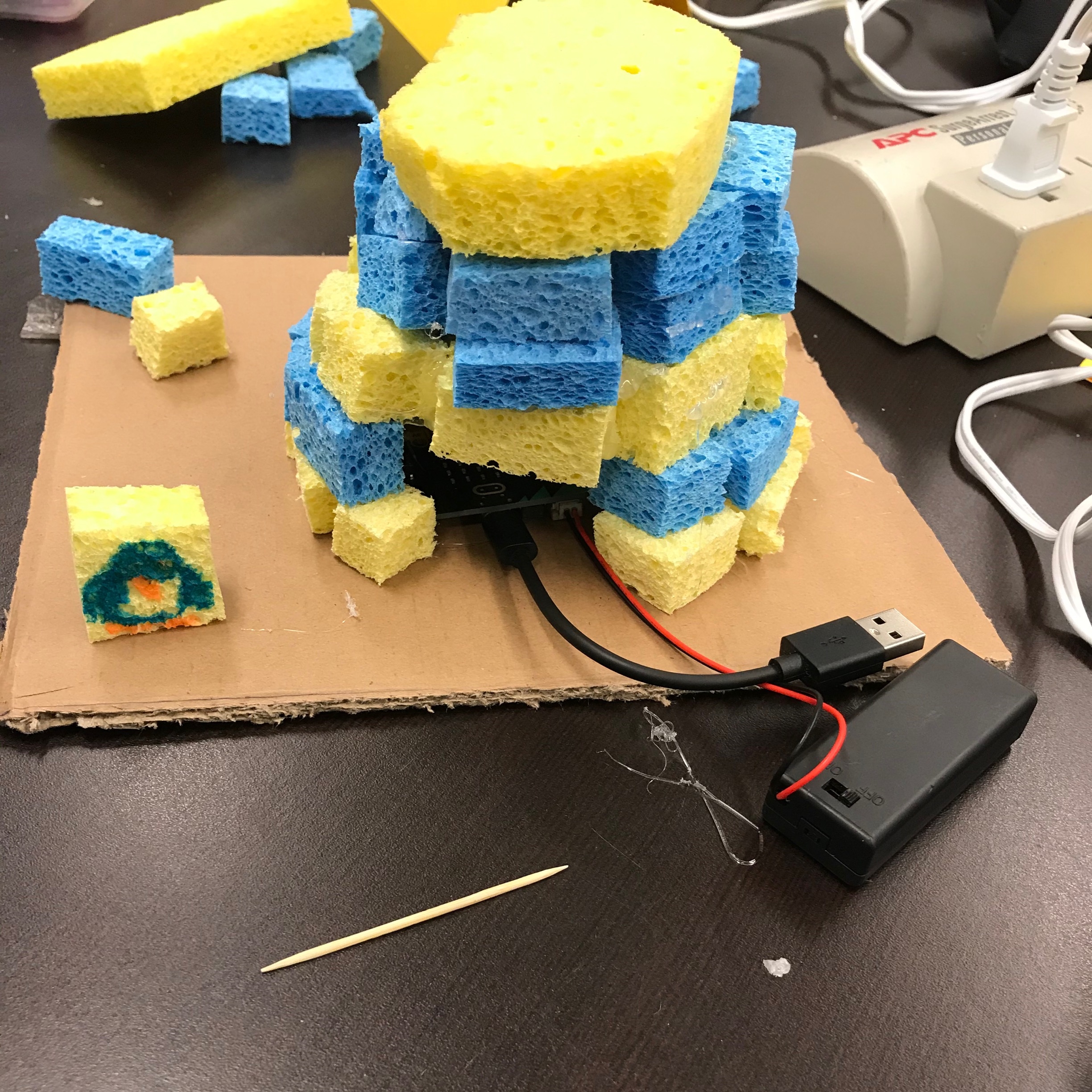The Ontario government announced earlier this month that the science curriculum in elementary schools will be updated this year, the first time since 2007, and it will emphasize the importance of STEM education, the skilled trades, emerging technologies, and hands-on practice. Perfectly timed, the Queen’s youth outreach team, Connections, has been working with the Faculty of Education to support Queen’s teacher candidates on their learning journey.
In a recent workshop, the Connections team worked with six sections of 30 primary and junior level pre-service teacher candidates led by Chris Carleton in the Faculty of Education as they reviewed the United Nations 17 Sustainable Development Goals (SDG), specifically Goal #2: Zero Hunger, and Goal #11: Sustainable Cities and Communities. The objective was to integrate discussions of the SDGs at a level to match the K-6 science curriculum and incorporate cross-curricular subject areas such as social sciences, arts, and other STEM subjects.
The class discussed food insecurity in Canada, and the uneven distribution and access to food throughout Ontario and, due to it, that many northern, rural, and Indigenous communities face food insecurity. The workshop tasked students to create a small prototype “smart farm,” a sprout house, to address the complex problem of food insecurity in Canada.
The class then shifted to a more technical discussion, regarding the engineering design process, the project’s relationship to both Environmental and Computer Engineering, “what is a smart farm?” and then brainstormed ways to utilize the youth-friendly micro:bit tool to create an efficient sprout house prototype that gauges light or temperature in order to use less water, or fewer fertilizers, or take up less space, for example.
According to Scott Compeau, Manager of Queen’s Connections Engineering Outreach:
The Faculty of Education students were led through an engineering design process that first included guided lessons on coding a micro:bit to use sensors to display the temperature and light levels. Second, the students designed and built a prototype of a greenhouse using sponges, so that seeds could be planted on top and throughout the greenhouse. The final stage of the design focused on integrating the micro:bit into the prototype greenhouse to measure and record the temperature and light level exposed to the greenhouse over a while, to explore how technology can be used to support the industry.





